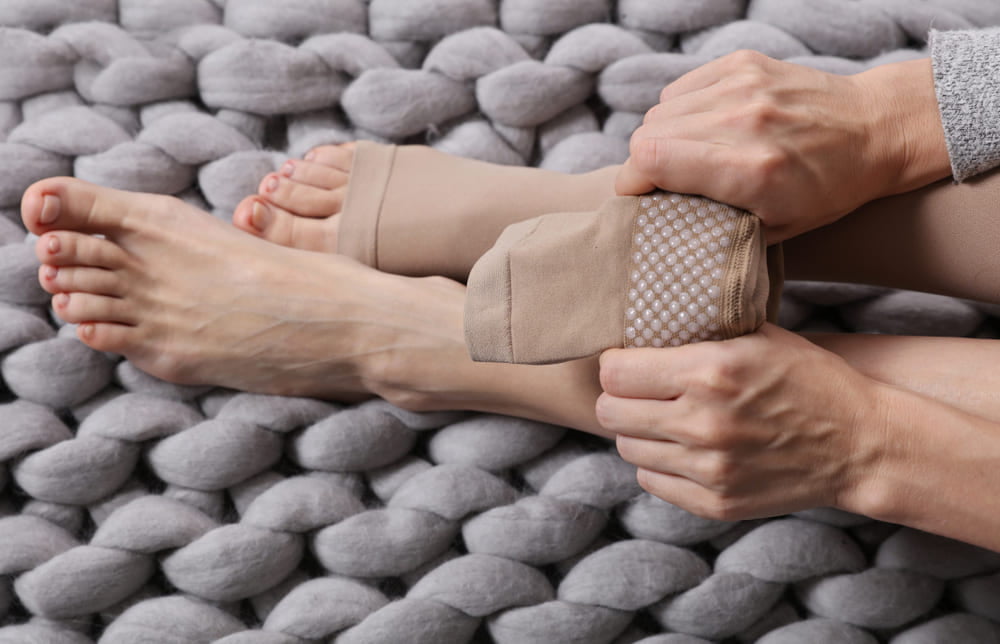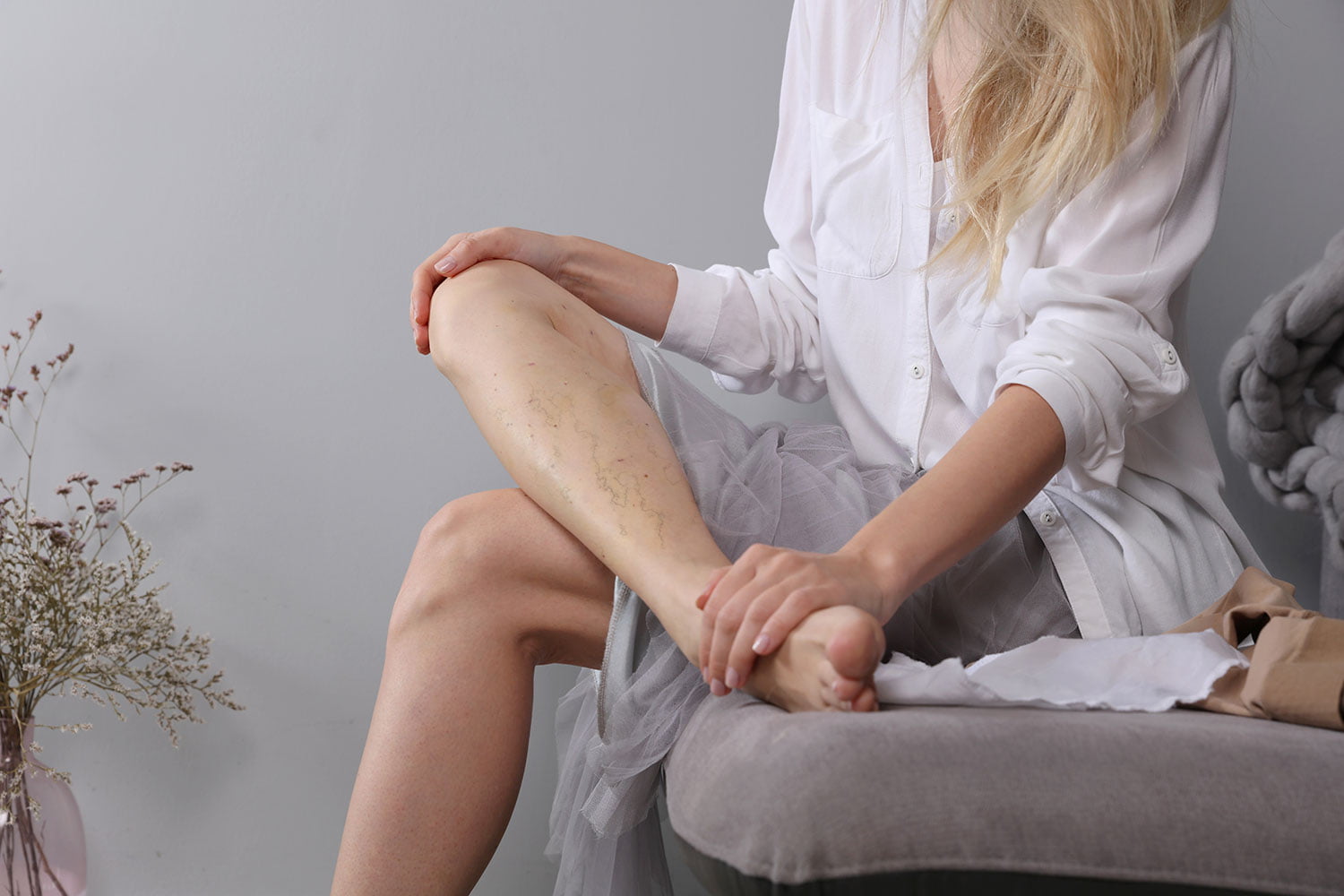Endovenous Thermal Ablation
Endovenous thermal ablation, also known as endovenous ablation, is a big-sounding name for a varicose vein treatment commonly called “laser therapy.”
Patients suffering from varicose veins or incompetent veins have a variety of options for treatment available to them, and one of the newer techniques utilizes a laser or high-frequency radio waves to create intense local heat in the varicose vein.
The use of radio waves or laser energy can cauterize and close the varicose veins in the legs.
Benefits of Endovenous Thermal Ablation
There are several reasons patients prefer endovenous thermal ablation over other kinds of treatments. The procedure offers a variety of benefits making it one of the most convenient choices available.
Minimally Invasive
Endovenous thermal ablation is less invasive than other kinds of treatments used to deal with varicose veins, and laser therapy leaves virtually no scars.
Pain Relief
Patients who are suffering from pain caused by varicose veins will find that endovenous thermal ablation can relieve them of the pain and discomfort of varicose veins.
No Scarring
Endovenous thermal ablation will also dramatically reduce the unsightly disfigurement caused by varicose veins, leaving patients with virtually no scarring or staining.
How Quick and Convenient is Endovenous Thermal treatment?
Endovenous Thermal laser therapy is a relatively quick treatment that can be performed in an outpatient setting with only local anesthetic. It treats varicose veins by damaging the walls of the incompetent veins, shrinking them, and closing them off so that blood cannot flow through the varicose vein.
How Does It Work?
The treatment requires mapping the vein with an ultrasound. After a local anesthetic is given, a thin fiber is inserted through a tiny entry point. The thermal energy or laser is delivered to treat the faulty vein.
Patients should plan to have a relative or friend drive them home after the treatment, but recovery time is very fast. Patients are typically encouraged to walk immediately following the procedure and normal daily activities can be resumed immediately.
Some patients may experience minor, temporary soreness and bruising, but that can be treated with over-the-counter, non-aspirin, pain relievers.
Contact us to learn more!


